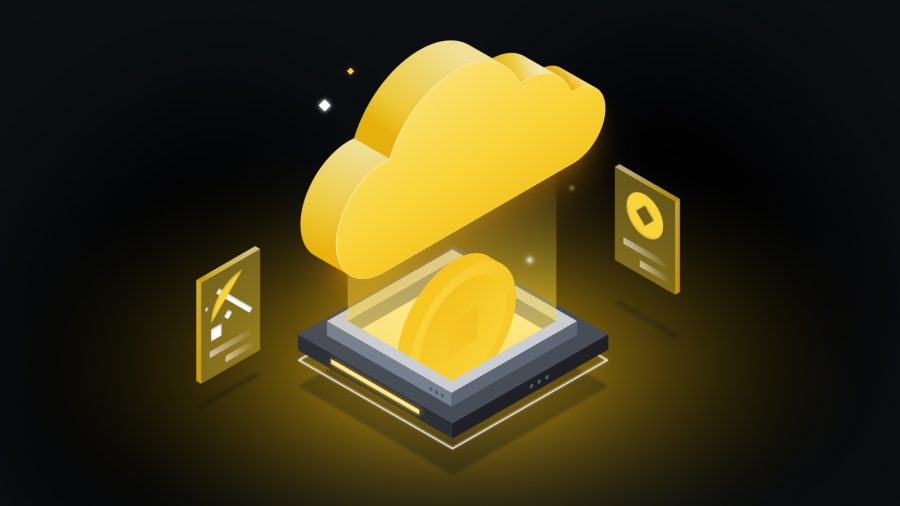
Demystifying Cloud Mining: The Future of Cryptocurrency Production
In the dynamic world of cryptocurrencies, understanding the underlying mechanisms of coin production is paramount. While many are familiar with the traditional concept of mining, ‘cloud mining’ remains a nebulous term for many. This article sheds light on cloud mining, breaking down its operations and significance in the cryptocurrency landscape.
Cloud mining, in essence, is a process that allows individuals to partake in the mining of cryptocurrencies without having to invest in expensive mining hardware or deal with complex software. By leveraging cloud infrastructure, users can earn coins without the typical overheads and hassles.
A Dive into Cloud Mining Operations
Traditional mining necessitates physical hardware, electricity, and constant monitoring. Cloud mining, on the other hand, outsources these challenges. Companies set up large-scale mining farms in locations with cheap electricity and lease out their mining power to users in exchange for a fee. This ‘rented’ computational power is termed as ‘hash power’.
When a user leases hash power, they essentially invest in a portion of the mining operation. The mined coins are then distributed among users based on the hash power they’ve leased, ensuring a proportional reward system.
Advantages of Cloud Mining
Cloud mining offers several notable benefits. Foremost, it eliminates the need for technical expertise. Users don’t have to worry about hardware setup, maintenance, or the nuances of mining software. Everything is handled by the cloud mining provider.
Additionally, cloud mining eradicates concerns about electricity costs – a significant factor in traditional mining profitability. With the mining infrastructure being remotely located, users simply enjoy the fruits of mining without its associated overheads.
Lastly, scalability is a breeze. Unlike physical setups where hardware upgrades are cumbersome, in cloud mining, scaling up one’s hash power is a straightforward affair, usually a few clicks on a platform.

Cloud Mining: Common Misconceptions
Despite its advantages, cloud mining is often subjected to skepticism. A common misconception is that it’s inherently unprofitable due to service fees. While there are fees involved, the elimination of electricity costs and hardware investments often balances the scales, making it a viable option for many.
Another fallacy is that cloud mining is rife with scams. While there have been fraudulent platforms, due diligence can help investors steer clear of them. It’s vital to research a provider’s reputation, operational history, and transparency before committing.
Making an Informed Decision
As with any investment, diving into cloud mining necessitates research and caution. It’s paramount to understand the terms of the contract, the fee structure, and the potential returns. By doing so, and by choosing reputable providers, users can harness the power of cloud mining as a legitimate and fruitful avenue in the crypto domain.
Cloud mining is not just a trend; it’s a testament to the ever-evolving nature of technology and finance. As we stride into a future where cryptocurrencies gain more traction, cloud mining stands as a beacon for accessibility and inclusivity in the crypto sphere.





